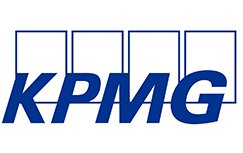Worker exploitation: Ignorance is no longer a defence
Modern slavery is out in the open and benefits businesses says Tania Donaldson, Manager of Employment System Guidance & Engagement (MBIE).

Business is becoming increasingly risky.
Supply chains that used to be “just in time” now aren’t. A ready supply of labour, particularly skilled labour, is not available. A rules-based international order and stable domestic policy settings are increasingly coming under pressure. Low‑cost financing and price stability are becoming a thing of the past.
And that’s before boards turn their minds to cybersecurity, rapid changes in digital and other technology (notably more accessible artificial intelligence) and a seemingly ongoing series of natural disasters and crises at home and internationally.
Boards have a critical role in understanding and supporting management to respond to this rapidly changing context and the risks associated with it.
Board oversight is essential if companies and other organisations are to survive through these challenges and thrive over time.
Recently KPMG United States hosted a peer exchange on risk management and board oversight with lead directors of Fortune 100 and other large companies. They shared their views on board structures, committee oversight and director expertise and education.
The main conclusions from that exchange that are relevant to New Zealand board members were:
